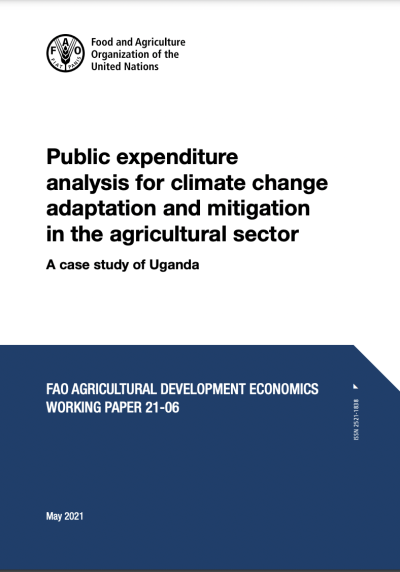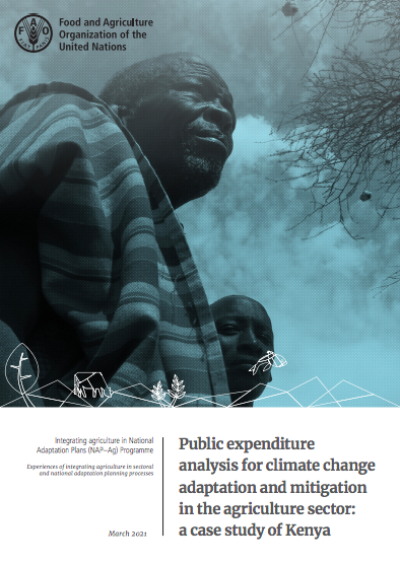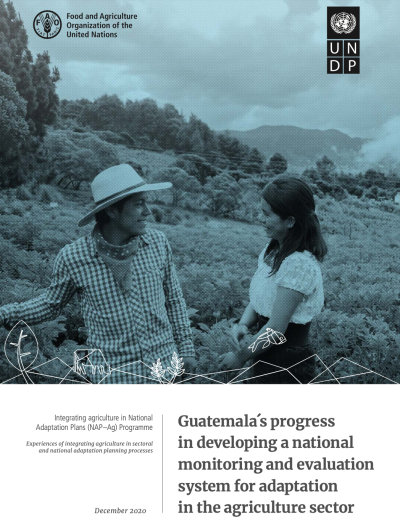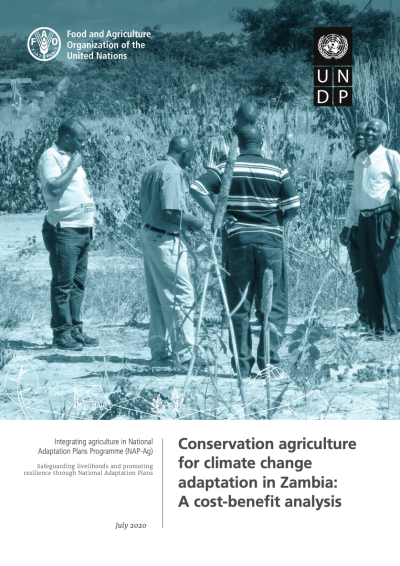Integrating Agriculture in National Adaptation Plans (NAP-Ag)
Resources
This country case study on Colombia is part of a series that describes the steps taken to formulate and implement National Adaptation Plans (NAPs), with a particular emphasis on adaptation in agriculture (including forestry, livestock and fisheries).
This country case study on Guatemala is part of a series that describes the steps taken to formulate and implement National Adaptation Plans (NAPs), with a particular emphasis on adaptation in agriculture (including forestry, livestock and fisheries).
This case study provides an overview and analysis of lessons learned in developing monitoring and evaluation (M&E) of adaptation in the agriculture sector in Colombia, as part of a broader national adaptation M&E system.
This case study chronicles Viet Nam’s experiences in conducting vulnerability and risk assessments (VRAs) of selected agriculture sectors at the national level and a cost-benefit analysis (CBA) to support sectoral adaptation planning, budgeting, and policy formulation.
The evaluation found that NAP-Ag’s country-driven, multi-sector and multi-level approach allowed for ample engagement of stakeholders, contributed to establish coordination mechanisms and promoted ownership of results. The approach was qualitative and included a questionnaire, extensive documentation review and interviews with key-stakeholders in all countries.
This paper presents a methodology for public expenditure review and analysis for climate change adaptation and mitigation in the agricultural sector. It outlines the basic methodological concepts, including the classification of public expenditures in the context of their links to climate change adaptation and mitigation.
This document presents a proposed methodology for public expenditure review and analysis for climate change adaptation and mitigation in the agriculture sector (PERCC) and its application to a case study of Kenya. It starts by explaining the basic methodological concepts, classification and labelling of public expenditures that allow for calculating spending in agriculture related to clima
This brief provides an overview of climate services (CS) and how they can be used to assess risk and optimise adaptation decision-making in the agriculture sectors.1 It highlights entry points to integrate CS across all elements of adaptation planning, while acknowledging the challenges and limitations of using CS, particularly in Least Developed Countries (LDCs).
This case study provides an overview and analysis of lessons learned in developing a national monitoring and evaluation (M&E) system for adaptation in the agriculture sector in Guatemala, led by the Ministry of Agriculture, Livestock and Food Security (MAGA).
The study was carried out under the Integrating Agricultural Sectors into National Adaptation Plans programme, with the aim of capacity building, generating evidence-based results for selecting adaptation options, and informing adaptation policy dialogues on adaptation in agriculture.
This case study was carried out under the Integrating Agricultural Sectors into National Adaptation Plans programme (NAP-Ag) with the aim of generating empirical evidence about adaptation options in agriculture and to inform adaptation policy dialogues in Zambia.
This Toolkit aims to help countries in selecting and analyzing value chains for opportunities to improve climate change resilience and reduce gender inequalities.












